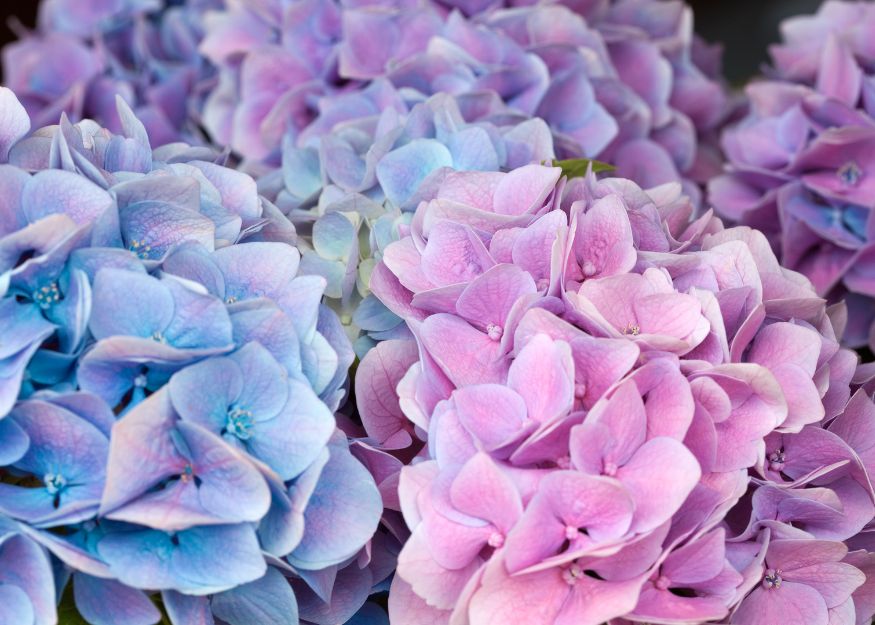How to Prune a Hydrangea
Learn how to prune your hydrangeas effectively with these 3 steps. Identify the type, choose the right time, and prune smartly for healthy blooms. Get expert advice at Rosies & Posies for successful hydrangea care.

How to Prune a Hydrangea
Ready to give your hydrangeas a trim? Follow these three simple steps for successful pruning. But first, let's talk about what make these plants a great asset for your collection: Unmatched in the realm of shrubs due to their exquisite flowers, these graceful perennial plants are a breeze to grow, adapting well to virtually any soil type and yielding plentiful blossoms. Their hues enchant with shades of striking blue, lively pink, delicate white, soothing lavender, and charming rose petals—often gracing a single plant simultaneously!
Hydrangeas prove their versatility in diverse garden settings, whether in clustered arrangements, lining shrub borders, or adorning containers. With an ever-expanding array of varieties (breeders introduce new options annually!), gardeners' desires for bloom size and color find endless opportunities. Now that we have briefly describe these plansts, let's dig into the three simple steps to prune this plant.
Step 1: Identify Your Hydrangea Type
Hydrangeas come in five main types: bigleaf, mountain, smooth, panicle, and oakleaf. Understanding whether your hydrangea blooms on old or new wood is crucial. Old wood bloomers set flower buds on branches during fall and winter, while new wood bloomers form buds on the current season's growth. To avoid sacrificing next year's flowers, correctly identify your hydrangea type before pruning.
Step 2: Choose the Right Pruning Time
Based on your hydrangea type, decide when to prune:
- Old Wood Bloomers: Prune after flowering, except for removing dead branches in spring.
- New Wood Bloomers: Prune in late fall when dormant or in early spring before new growth.
- Reblooming Hydrangeas: Prune like old wood bloomers; avoid heavy pruning to save flowers.
Step 3: Prune Smartly
When pruning hydrangeas that bloom on new wood, safely trim up to one-third of the plant. Avoid excessive pruning, which weakens the structure and reduces food production. Cut just above healthy leaves, removing broken or dead branches. Remember, hydrangeas don't require pruning to thrive.
Avoid Common Mistakes
Don't fall for the misconception of pruning throughout the season to control height; you'll remove flower buds. Instead, transplant overgrown hydrangeas in early spring and replace them with naturally shorter varieties.
For expert help with your hydrangeas or to explore our collection, reach out to Rosies & Posies. Celebrate National Grandparents Day with vibrant blooms!
Recent Posts
Year : 2024
Year : 2023
Year : 2021
Year : 2020

